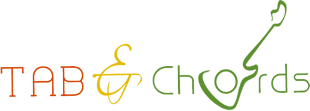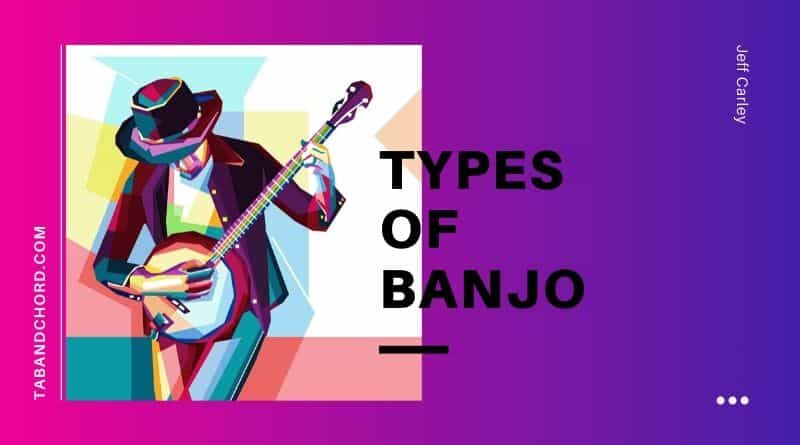Types of Banjo
Banjo may be underrated for most of the ‘ modern ‘ countries. But somehow managed it to infiltrate between other popular string instruments.
A banjo is a four, five or six strings instrument known as an African’s instrument. It was designed so different from a normal guitar or any other string instrument. A thin membrane is stretched over a frame, creating a pure sound. Back in time, this membrane was made from animals’ skin, but because of the people’s rage, it was now replaced with plastic.
As an official instrument, it was invented at the beginning of 1800s by Joel Sweeney. It has a round shape, with a long, fretted neck – which may not seem that long if you compare it with a classical guitar or a bass.
However, years passed, and somehow ‘ the banjo ‘ has developed into many forms. As we have acoustic and electrical guitars with up to 12 strings, banjo comes now in different types in order to fulfill young players’ desires.
Four-string banjo
A four-string banjo is the easiest to use if you want to learn and play country songs. It has a standard opening chord tune, and it may look like an ukulele. However, this instrument comes up in two different styles:
- Plectrum banjo – even if everyone is used to play the banjo with their bare hands, this one will require a guitar pick. It’s not that you’ll hurt your fingers, but it helps get a richer sound.
- Tenor banjo – is very popular within the Irish culture, because it fits that old folk music that is played while drinking beer. However, is one kind of an instrument that has the longest neck for a little size of its body (the round shape).
Five-string banjo
A five-string banjo is closer to what we call today ‘ modern music ‘. It seems like it can covers a lot of musical genres, not only the bluegrass music. That one extra string can make the difference on how to learn play it and tuning. 5-String is one of the best beginner banjo
A five-string banjo is still an instrument for beginners, but it’s as well suitable for advanced ones when it’s about fun and parties.
There is an interesting thing about this kind. The way that strings are arranged are pretty unusual than from a normal string instrument. First it comes fourth, third, second, first, and fifth – which you may have a lot of troubles while learning two string instruments at the same time. But the ‘ open G-tuning ‘ kind of remains the same to start with: G-B-G-B-D.
A little hint: that extra string (the fifth) is the one that needs to be played by the thumb. It works like the deepest string from a normal guitar and helps get a bass tone to every song played.
Six-string banjo
Six-string banjo has come and go as quickly as a bird. It was famous back in the 19th Century, but didn’t make it through. However, players back in the day kept it as a memory of the good old days.
Twelve-string banjo
As a twelve-string guitar, this one is seen as unlimited edition and pretty expensive. Most of the people that own this kind of banjo are keeping it like a piece of art. The other part are selling it in auctions.
Hybrid banjo
This is the main reason why the six-string banjo gave up its place. This one it’s a mix between many components from every string instruments, in order to suit every music genre. In other variations, the profile of an electric guitar is added, while retaining the body shape of a banjo. Of course, it still keeps its small sizes.
As it was the best compared with, the banjolele has arrived. This is a mix between a banjo and a ukulele – which almost have the same size and sound, but different shapes. The banjolele has only 4 strings (a normal banjo with a normal ukulele) and creates fun sounds which can cover any melodic line. Because both of them are easily portable and a good option for beginners and young players, as well the banjolele is – with a fretted neck that it’s smaller than a banjos’ and larger than a ukuleles’.
Support Us.



